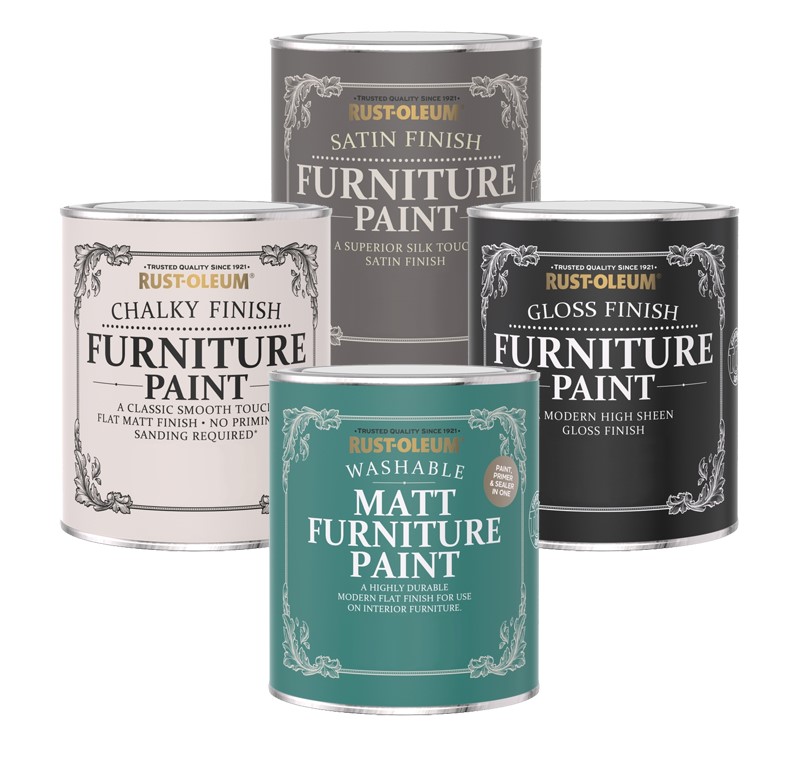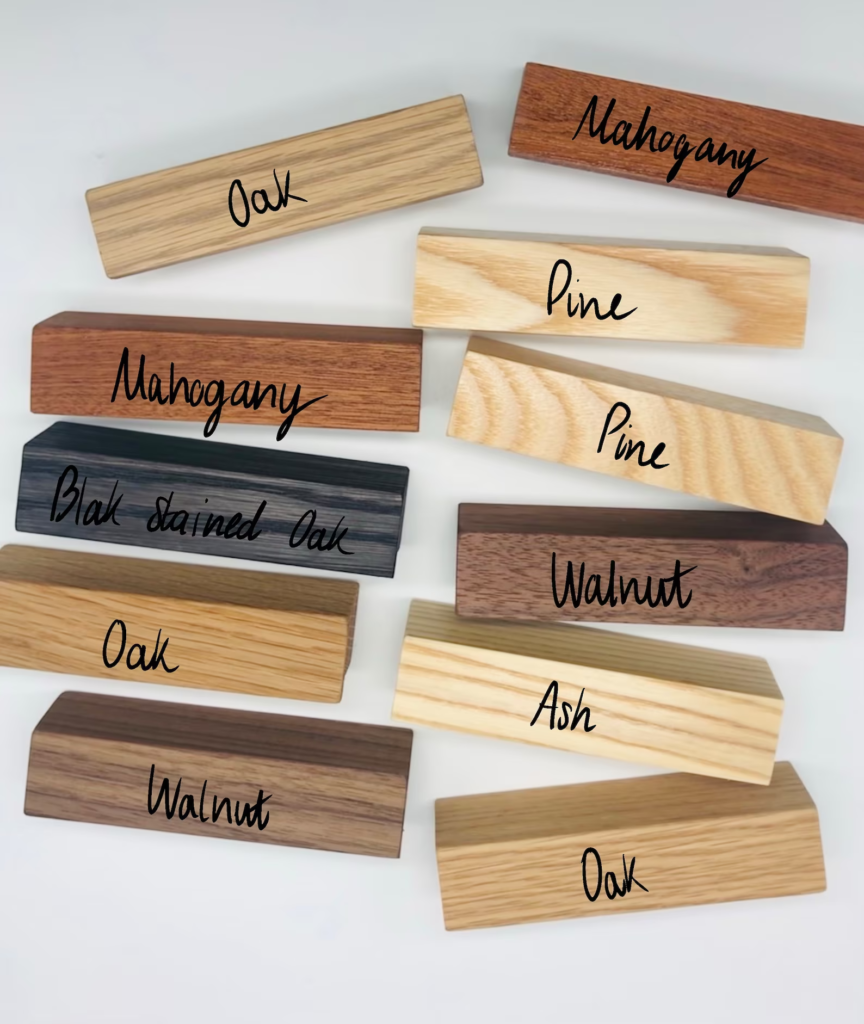The complete guide to choosing the best paint for upcycling and refinishing worn wooden furniture.

Old furniture often gets relegated to basements, sheds, or the side of the curb due to its worn and dated appearance. But with a little TLC and a fresh coat of paint, you can give tired wooden furniture new life. Upcycling old pieces saves items from landfill and also saves you money since you don’t have to buy new.
However, not just any paint will do. If you want your upcycled wood furniture to look professionally refinished, it’s important to use high-quality paint formulated specifically for the job. The wrong type of paint may bubble, chip or peel, leaving you with a mess.
When it comes to the best paint for upcycling and refinishing wood furniture, high-performing latex, and enamel paints are top choices. Latex acrylic paints provide good coverage that holds up well indoors. For extremely durable results, oil-based enamel paints are ideal but require more prep work. Specialty paints made just for furniture offer solutions tailored to common printing issues.
In this article, we’ll discuss the different types of paint for wood furniture and their pros and cons. We’ll also look at tips for selecting the best paint for different wood types, proper painting techniques and preparation for a smooth finish, and common mistakes to avoid with painting wood.
Types of Paint for Wood Furniture
When browsing the paint aisle, you’ll see lots of options but not all are well-suited for use on wood. Here are the main types of paint for wood furniture and key factors to consider:
Latex Paint
Latex paint, also called acrylic paint, is water-based. It’s one of the most common options for painting wood furniture due to its availability, affordability, and low odor.
The pros of latex paint include:
– Dries faster than other paint types
– Provides good coverage
– Available in all sheens from matte to high-gloss
– Easier clean up with just soap and water
However, there are some downsides to consider:
– Not as durable or scratch-resistant as other paints
– Requires a primer for best adhesion
– More prone to chipping or peeling over time
For best results with latex paint, proper prep, and priming is essential along with light sanding between coats.
Enamel Paint
Enamel paint is oil-based and known for its glossy, glass-like finish.
The pros of enamel paint:
– Extremely durable, hard finish that resists scratches and wear
– Provides rich, deep color
– Can be used with or without a separate primer
However, there are some drawbacks:
– Strong odor requires good ventilation
– Longer dry time between coats
– Requires mineral spirits for cleanup
– Prone to yellowing over time
Enamel works best on stained or painted wood surfaces. The thick formula helps smooth imperfections. But it may not adhere as well to raw, untreated wood.
Chalk Paint
Chalk paint, sometimes called milk paint, has grown popular for refinishing furniture. Known for its matte, velvety finish, chalk paint is latex-based and thinner than regular paint.
The upsides of chalk paint:
– No prep work or sanding is required on most surfaces
– Can be brushed on smoothly due to thin consistency
– Unique matte finish shows brush strokes
– Can be waxed or sealed for protection
The potential downsides:
– Not as durable for high-traffic surfaces
– Finish can be prone to scratches or marks
– Pigment tends to separate and needs stirring
Chalk paint works best for low-wear furniture projects where a smooth, modern look is not desired. The thin paint adheres well to slick surfaces like laminate.
Paint Specifically Formulated for Furniture
In addition to these general paint types, there are some specialty paints made just for refinishing and refreshing furniture. These include:
- Milk Paint – Made from milk proteins and lime, provides a non-toxic, eco-friendly option. Must be sealed for protection.
- Stain-Blocking Paint – Contains primer to cover stains and tannin bleed-through from wood. Good for dingy surfaces.
- High-Performance Acrylic – Durable, interior/exterior acrylic paint resists UV damage, moisture and scratches.
- Bonding Primer – Helps paint adhere smoothly to slippery surfaces like laminate and melamine.
These purpose-made paints for wood furniture make the job easier by solving common painting issues.
Related articles:
- 21 Industrial Upcycled Furniture Ideas
- 20 Upcycled Outdoor Furniture Ideas
- 10 Best-Selling Upcycled Furniture Items 2023
- Best Sandpaper To Use For Upcycling Vintage Wood Furniture
Tips for Selecting Paint Based on Wood Type

Whether you should use latex, enamel, chalk paint or a specialty primer depends partly on the existing wood finish. Here are tips for choosing paint based on different wood furniture surfaces:
Unfinished Wood
For raw wood that has no prior finish, latex and chalk paints require an additional primer coat for proper adhesion. Otherwise, the water-based paint may soak into the wood unevenly.
An oil-based enamel paint formulated for wood or wood primer followed by latex paint is best for bare wood surfaces. The primer fills porous gaps in the raw wood grain.
Stained Wood
Painting over an existing wood stain requires a stain-blocking primer to prevent the stain from bleeding through the new paint. A tinted primer that matches your top coat color is best for preventing a patchy, uneven look.
Latex paint works well for stained wood but multiple coats may be needed for good coverage. Enamel paint also provides great stain coverage.
Already Painted Wood
For painting over an existing paint finish, you can typically use latex or enamel paints without a separate primer. Lightly sand glossy surfaces for better adhesion.
However, if there are any scratched, flaked areas that expose the wood, spot-prime those areas first. Match the sheen of your new paint to the existing finish.
Laminate Surfaces
Painting laminate furniture requires careful prep since the slippery melamine coating resists adhesion. Scuff the surface completely with 150-grit sandpaper.
Use a bonding primer meant for laminate before applying latex or enamel topcoats. Chalk paint also adheres well to the laminate’s smooth surface.
Veneer Surfaces
Paint soaks into the wood veneer layer and often shows through the paint on veneered furniture. Use an oil-based wood primer followed by paint for best coverage.
Multiple paint coats are typically needed for complete coverage over wood veneer. Enamel paints help conceal the wood grain pattern the best.
Related articles:
- 10 Best Places To Buy Old Furniture To Upcycle
- Best Spray Paint For Upcycling Furniture
- How To Upcycle Dark Wood Furniture
- 20 Upcycled and Repurposed Bedroom Furniture Ideas
Painting Techniques and Prep for Wood Furniture

Along with choosing the right paint for the wood surface, proper prep and application techniques are key to achieving a smooth painted finish on furniture:
– Lightly sand the surface to scuff the existing finish which helps the paint adhere better.
– Clean surfaces thoroughly with a degreaser and rinse well. Let dry fully before priming or painting.
– Apply a primer coat if needed based on the surface type. Allow to dry per the manufacturer’s directions.
– Use a good quality brush made for paint. Foam brushes don’t apply the paint evenly.
– Maintain a wet edge and move quickly to avoid lap marks and brush strokes.
– Work in thin, even coats allowing proper dry time between coats to prevent drips.
– Sand lightly with fine 220-grit sandpaper between coats for a super smooth finish.
– Apply at least 2-3 paint coats for best coverage and durability.
– Finish with a sealant like paste wax or polyurethane for added protection.
Common Painting Mistakes and Problems
Painting wood furniture seems straightforward but there are some common mistakes that can ruin the look of the finish:
- Not properly cleaning and preparing the wood surface leads to poor paint adhesion. Taking time to sand, clean, prime, and prep pays off.
- Choosing the wrong paint type for the wood surface. Latex won’t adhere well to bare wood and enamel drips more on vertical surfaces. Match the paint to the wood.
- Failing to apply paint evenly and smoothly. This leaves obvious brush strokes and a patchy appearance. Using a good brush and proper technique prevents this.
- Not allowing adequate dry time between coats. This leads to tacky paint that drips. Follow the manufacturer’s directions for recoat time.
- Over-brushing the paint. Going over the same spot too many times causes the paint to lift. Gentle, even strokes provide the best coverage.
- Applying too thick a paint layer. Thick coats lead to drips and take longer to dry. Thin, multiple coats provide a smoother finish.
With the right type of paint and proper application methods, you can give new life to worn wooden furniture. Follow these tips and avoid common mistakes for paint that won’t chip, yellow or peel. Soon you’ll see that a simple coat of paint provides amazing transformations.
Conclusion
When it comes to giving new life to old, worn wooden furniture, using the right type of paint makes all the difference in the end result. The best paints for upcycling and refinishing old wood furniture are high-quality latex and enamel paints, as well as specialty paints formulated specifically for use on wood.
Latex acrylics provide excellent adhesion and coverage on properly prepped furniture. Oil-based enamels offer an extremely durable, glass-like finish that holds up well to heavy use and traffic over time. Specialty paints like milk paint, stain-blocking primers, and bonding primers solve common challenges like staining, adhesion on laminates, and covering wood grain.
Whichever paint type you choose, following key preparation steps like thoroughly cleaning, sanding, and priming the wood will ensure the paint adheres smoothly and evenly. Applying multiple thin coats and sanding lightly between coats results in a smooth, professional finish. With the right prep work and paint selection, you can easily transform outdated, damaged wood furniture with a fresh new look.

